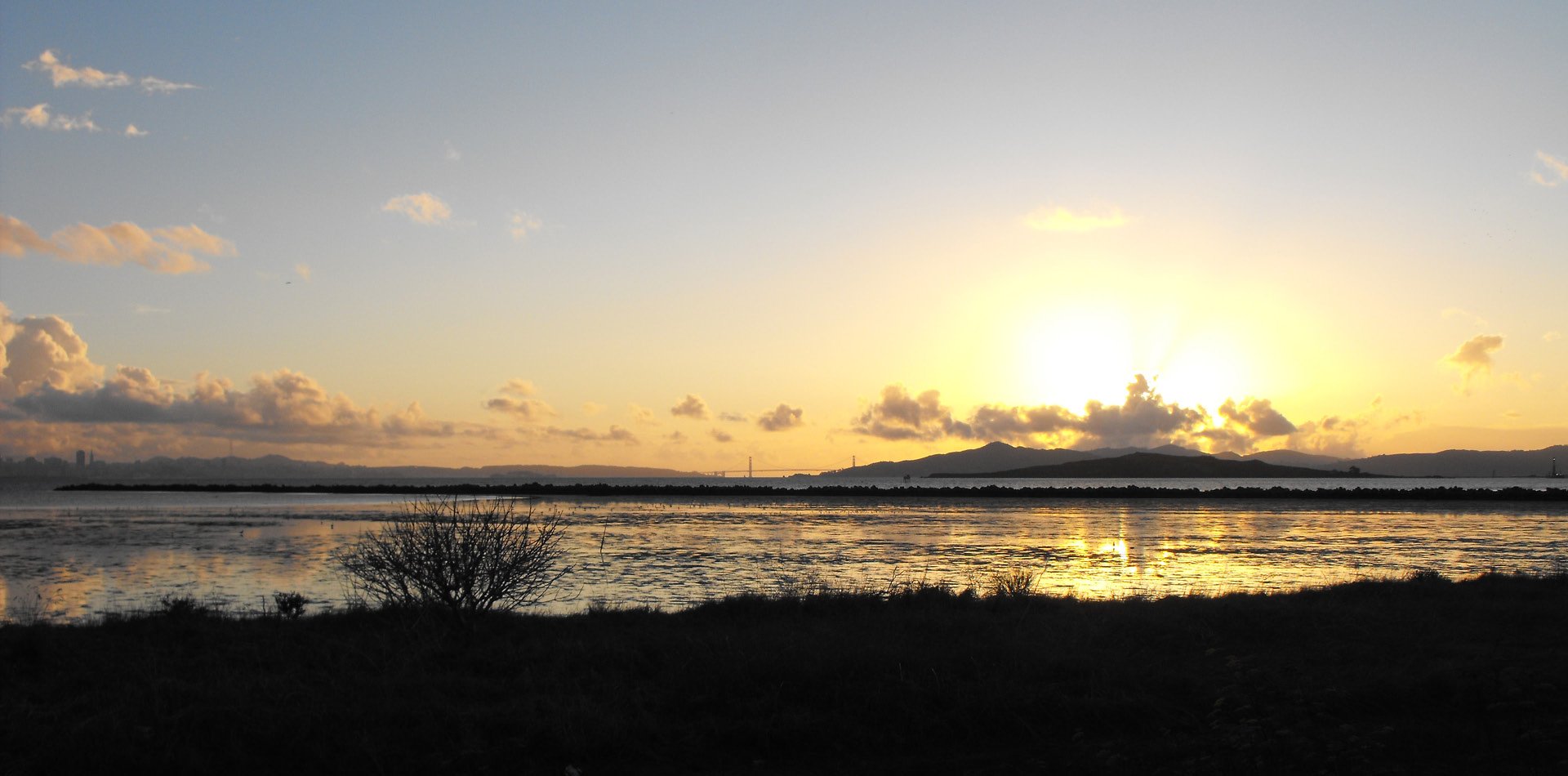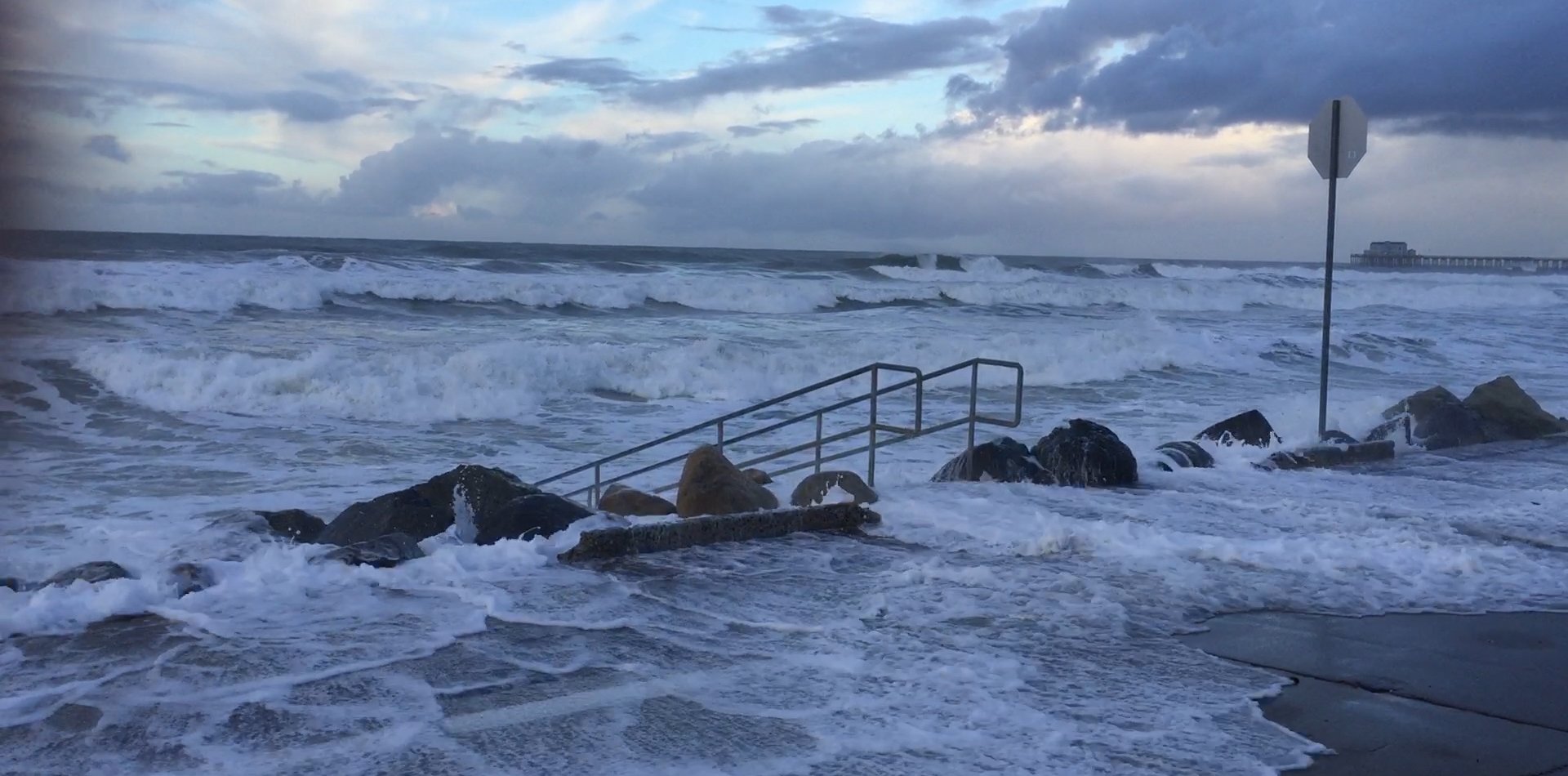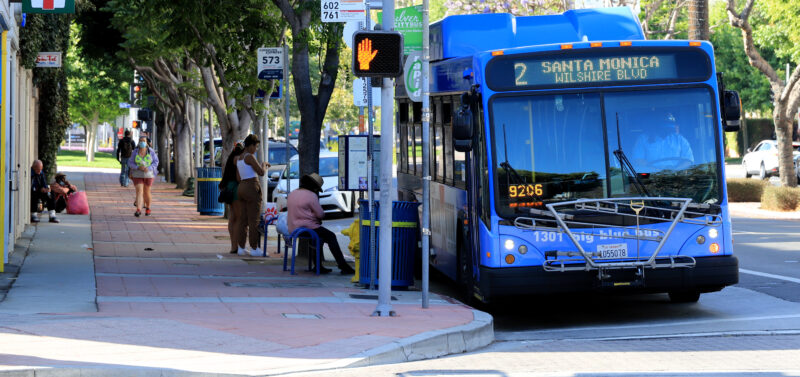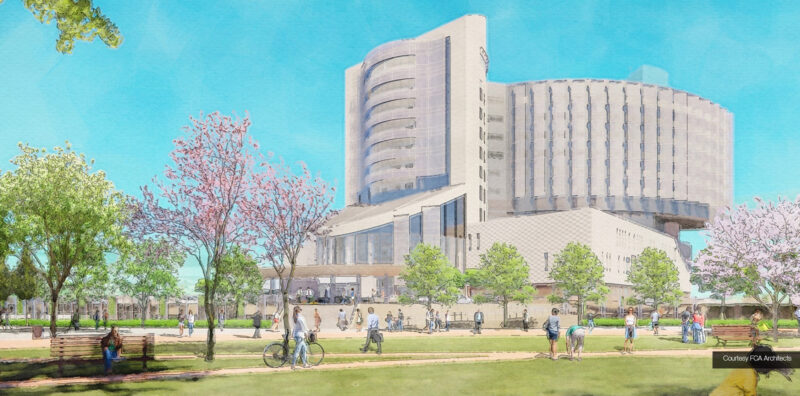ESA is pleased to sponsor, present, and attend this year’s AEP California State Conference in...
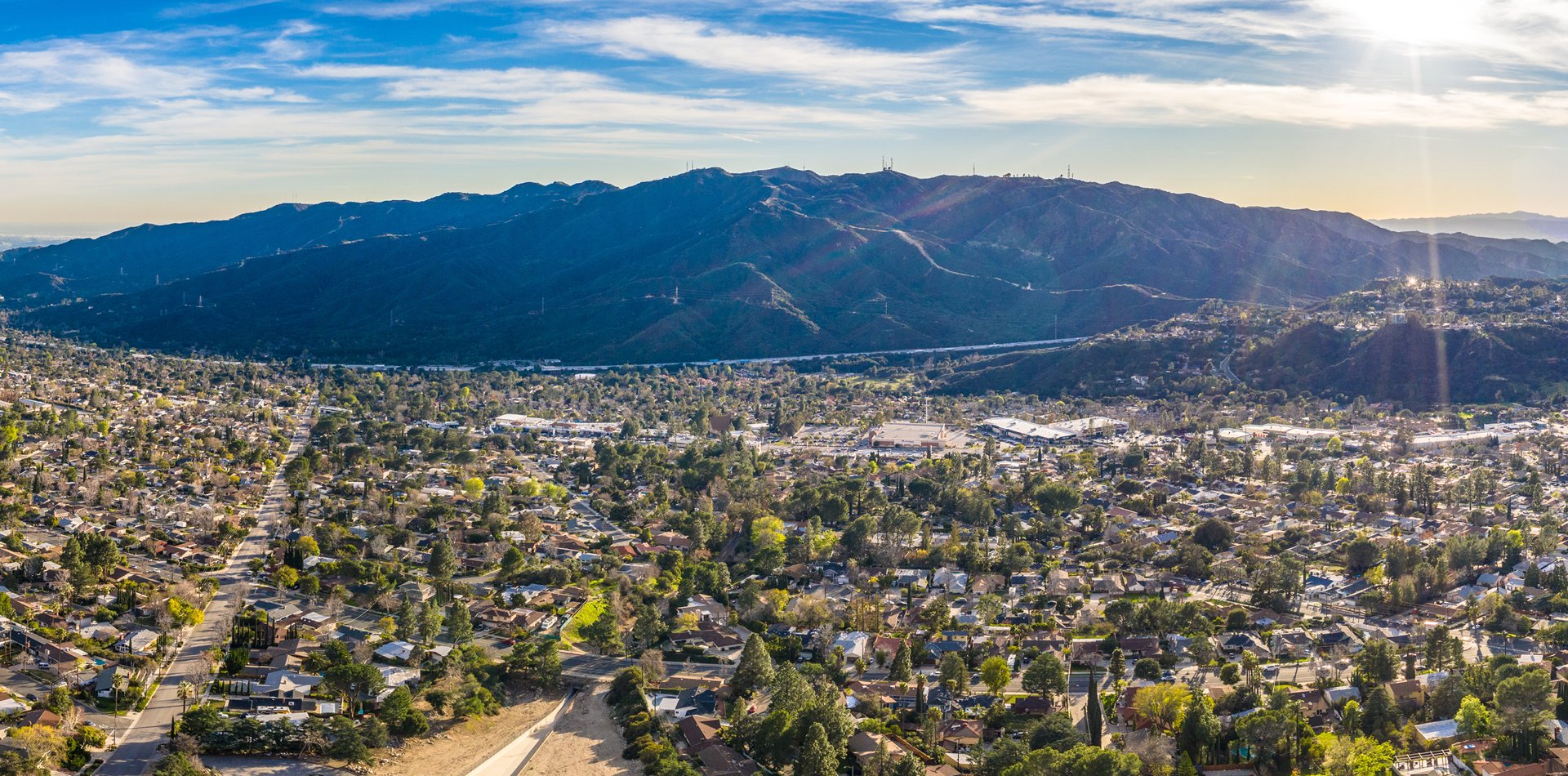
Gateway Cities Climate Action Planning (CAP)
The Gateway Cities Climate Action Planning (CAP) Framework is an integrated set of tools, templates, and guidance for local governments to reduce greenhouse gas emissions in their communities, while advancing their goals for economic development, public health, equity, and climate resilience.
Why does this project matter?
The CAP Framework helps under-resourced cities develop plans that connect the dots between climate protection and local benefits to public health and the environment, economic development, and community resilience. With the framework in place, more member cities are now actively taking tangible steps to develop a local CAP. At the same time, the Gateway Cities Council of Governments and member cities are experiencing increased success securing climate-related grant funding.
What is ESA doing to help?
ESA led the consulting team that developed a regional CAP Framework so that member cities can efficiently prepare local Climate Action Plans for reducing greenhouse gas emissions and preparing their communities for climate change hazards. It’s designed to help individual communities advance their goals for economic development, public health, air quality, climate resiliency, equity, and job creation while reducing emissions and planning for the impacts of climate change.
The work involved preparing updated GHG inventories for each city, as well as developing a suite of tools and templates for setting GHG targets, selecting and prioritizing GHG reduction and adaptation measures, assembling a CAP document, and tracking implementation.
Connect with our team
"This Toolkit provides a great opportunity to small disadvantaged communities like mine. I believe my city and the other Gateway Cities jurisdictions will continue to utilize the tools contained in the Climate Action Planning Framework to help support our planning priorities and to better connect with our community."
Details
Client Gateway Cities Council of Governments
Location Los Angeles County, CA
Market Community Development
Services
Climate Action Plans
Climate Change Adaptation
Agency Consultation & Coordination
Community Engagement
Greenhouse Gas Mitigation
Planning
Website Development
Notable
2019 Excellence for Innovation in Green Community Planning Award, American Planning Association, Los Angeles Section
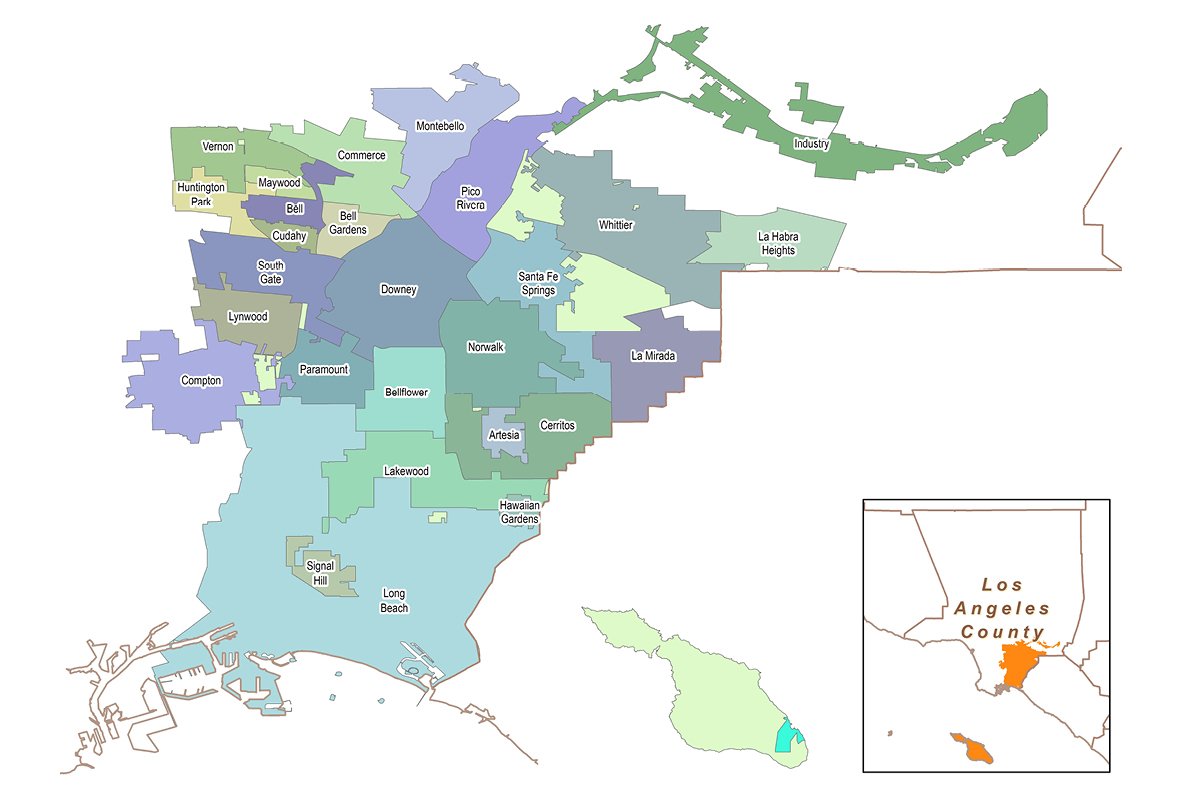
Similar Projects
News & Ideas
The ever-evolving housing market, demand for healthcare facilities, and rising e-commerce needs are just some...
It’s a blisteringly hot summer day in Huntington Park, California. A group of ten environmental...
Since the beginning of the interstate highway system in the late 1950s, transportation facilities were...
Climate Adaptation Plans (CAPs) provide actionable steps for local jurisdictions to reduce emissions and streamline...
Following the Sacramento Kings' move to their new stadium at Golden 1 Center, the 183...

